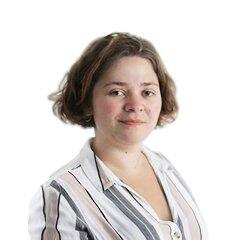PBL: Large parts of the Netherlands inaccessible to people without cars
According to a recent study published by the Netherlands Environmental Assessment Agency (PBL), driving is the best way to get around in the Netherlands and remains the fastest and most efficient way to get from point A to point B.
Dutch public transport still isn’t as practical or fast as driving
In spite of various efforts made to improve public transport in the Netherlands, research conducted by the PBL found that various key facilities, institutions and businesses remain inaccessible to those who live outside of the Randstad and don’t have access to a car.
According to the PBL’s finding, it takes over half an hour for 30 percent of elderly people to get to the nearest hospital or outpatient clinic. For 12 percent, it takes them at least 45 minutes. Non-drivers living in more rural areas also have fewer options when it comes to doing their weekly shop, as it can take a considerable amount of time to get to the nearest supermarket.
Similarly, secondary schools outside of the major cities aren’t easily accessible for a number of students who travel by bike, with 17 percent of HAVO and VWO students having to cycle for at least 30 minutes in order to get to school. PBL points out that long distances can have a serious impact on teenagers’ options when it comes to picking a school.
PBL calls on Dutch government to improve public transport services
The report comes as the Dutch public transport battles against severe staff shortages and rising costs. Not only are passengers facing reduced services, but prices for various services are also set to rise in the new year.
While the PBL says the current issues for non-city dwellers are the result of years’ worth of political choices to cut funding and services in rural areas, the agency emphasises that it’s not too late to fix things. "By providing insight at the neighbourhood level into access to jobs, healthcare, education, shops and greenery with different modes of transport and at different times of the day and week, policymakers can make better decisions," PBL researcher Jeroen Bastiaanssen told NOS.
The PBL emphasises that huge disparities can be observed between the big cities and suburban areas in the Randstad and villages in more rural parts of the Netherlands: “People who (have to) use public transport and bicycle experience a much lower level of accessibility…Especially in many urban fringes, in the suburban centres and in rural areas.”
By clicking subscribe, you agree that we may process your information in accordance with our privacy policy. For more information, please visit this page.



COMMENTS
Leave a comment